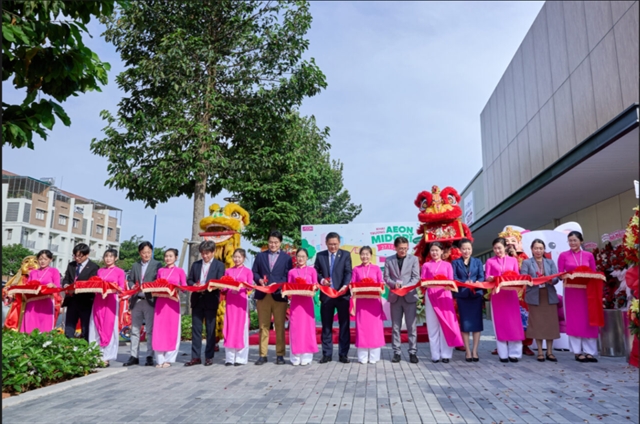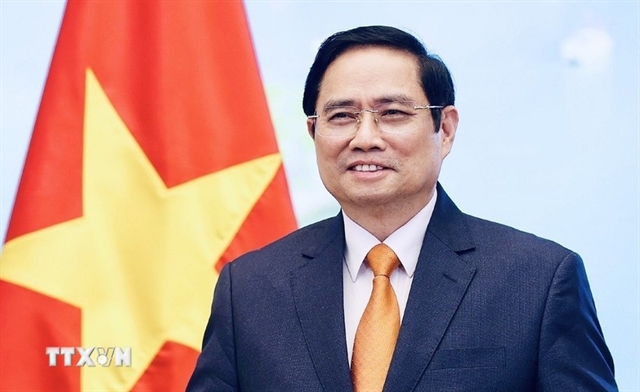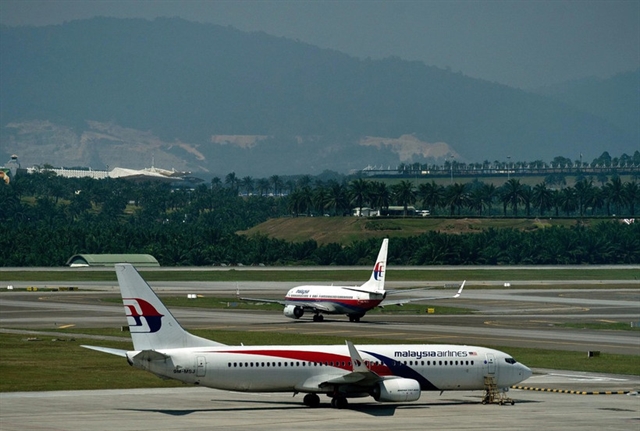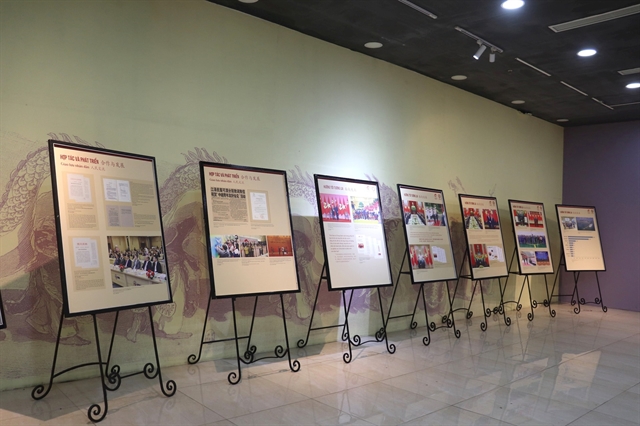 Life & Style
Life & Style

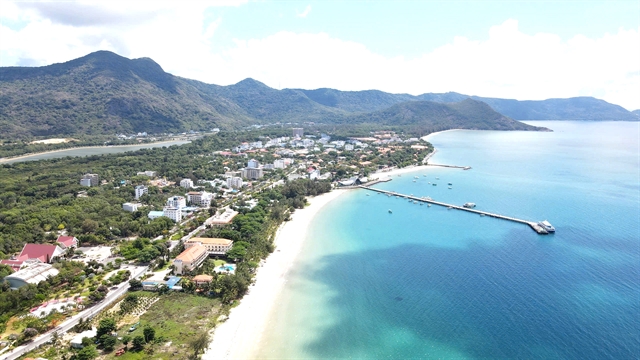 |
| Côn Đảo Island of HCM City is one of the attractive destinations in the southeast region. — VNA/VNS Photo Huỳnh Sơn |
HCM CITY — As administrative boundaries are redefined and economic momentum accelerates, the southeast region is positioning itself for a transformative leap in tourism.
Anchored by HCM City, the nation’s economic powerhouse, the region is aligning its diverse natural, cultural, and urban assets to drive sustainable tourism growth and contribute to the country’s development vision through 2045.
Localities across the region are re-evaluating their strengths and recalibrating strategies, aiming to build a more interconnected and high-value tourism ecosystem.
From pristine coastlines and biosphere reserves to vibrant cities and cultural heritages, the region is poised to unlock its full tourism potential.
Expanding tourism offerings
The southeast region has recently introduced a broad range of tourism products that showcase its unique character, including MICE (Meetings, Incentives, Conferences, Exhibitions) tourism, urban discovery tours, coastal retreats, and culinary-focused travel experiences.
Experts highlight significant potential for expanding niche markets such as forest and marine eco-tourism, cultural and community-based tourism, and festival-related activities.
Destinations such as Vũng Tàu, Bà Rịa, Long Hải, and Côn Đảo offer scenic beaches, while national parks like Cát Tiên and Bù Gia Mập provide ecological diversity that appeals to both domestic and international travellers.
In HCM City alone, nearly 700 tourism resources have been identified, according to Nguyễn Thị Thanh Thảo, head of the Tourism Resource Development Planning Division at the city’s Department of Tourism.
“The city is actively working to reposition its tourism brand and improve product quality to meet global standards.”
The city’s strategic focus includes developing key thematic clusters such as river and waterway tourism, cultural festivals like the Áo Dài and Waterway Festivals, experiential and sports tourism in cooperation with nearby provinces, and expanding options for nightlife tours, agricultural experiences, and community-based tours.
 |
| Tourists take kayaks to experience the beautiful natural scenery in Phú Điền tourist area - an attractive eco-tourism destination in Đồng Nai Province. — VNA/VNS Photo Hồng Đạt |
In neighbouring Đồng Nai Province, efforts are underway to harness a rich mix of ecological, cultural, and historical assets.
Lê Thị Ngọc Loan, director of the province’s Department of Culture, Sports and Tourism, said the local tourism ecosystem has become increasingly cohesive, offering visitors seamless access to rivers, forests, lakes, and highlands.
The province is promoting key attractions such as the Đồng Nai World Biosphere Reserve, Cát Tiên and Bù Gia Mập national parks, Trị An Lake, Suối Mơ, traditional craft villages, and high-tech farms as part of a broader regional tourism chain.
“These destinations are expected to play a central role in attracting more visitors and strengthening the province’s tourism profile.”
Strategic investment, planning underway
Authorities across the region are doubling down on strategic investments aimed at long-term tourism development.
In HCM City, officials are pursuing large-scale projects, including a world-class coastal tourism corridor connecting Hồ Tràm, Bình Châu, Long Hải and Vũng Tàu.
Other planned developments include golf resorts, marine tourism services, cruise ports, casinos, and eco-luxury resorts.
Plans are also in motion to establish a free-trade zone linked to the Cái Mép - Cần Giờ Port Cluster and develop a sustainable tourism and urban complex in Cần Giờ, integrated with its UNESCO-designated biosphere reserve.
The city also envisions building an international financial centre and a high-tech multifunctional zone, with the goal of becoming one of the world’s top 100 most livable smart cities by 2030.
Last month, the city’s Department of Tourism, in collaboration with the Investment and Trade Promotion Centre, hosted a roundtable to consult with tourism businesses.
The forum focused on strategies to enhance the sector’s competitiveness and adaptability amid shifting global trends.
In the first seven months of 2025, the city welcomed more than 25 million visitors, generating VNĐ140 trillion (US$6.1 billion) in tourism revenue, marking a nearly 30 per cent year-on-year increase.
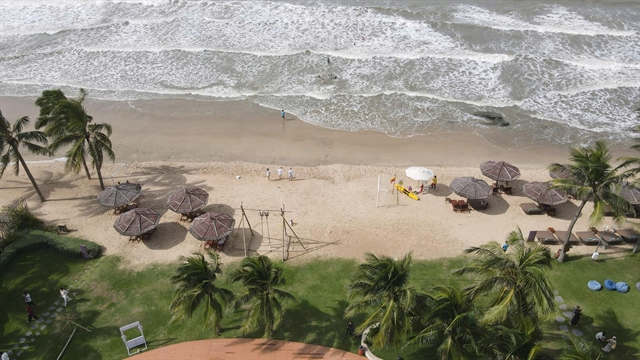 |
| The beach in Hồ Tràm Commune in HCM City is loved for its wild beauty, fine white sand and clear blue water. — VNA/VNS Photo Huỳnh Sơn |
Bùi Thị Ngọc Hiếu, deputy director of the city’s Department of Tourism, said the city is conducting comprehensive assessments of tourism assets to ensure long-term, sustainable growth, especially in newly expanded urban areas.
A series of major tourism events are scheduled through the end of the year, including the International Travel Expo in September, Waterway Festival in November, and HCM City Tourism Week in December, aimed at providing diverse and high-quality travel experiences.
In Đồng Nai Province, infrastructure improvements and new tourism initiatives are gaining pace.
In July, the provincial People’s Council approved changes of land use purposes to accelerate development of key projects, including the Núi Chứa Chan eco-resort and recreation complex in Xuân Lộc Commune.
The project is expected to serve as a flagship destination, highlighting the province’s natural beauty and cultural richness.
Looking ahead, the completion and operation of Long Thành International Airport is anticipated to significantly boost regional tourism and unlock new growth opportunities, not only for Đồng Nai but for the entire southeast region.
With coordinated planning, targeted investment, and enhanced connectivity, the region is set to emerge as a leading tourism hub, contributing strongly to national economic growth in this new development era. — VNS

